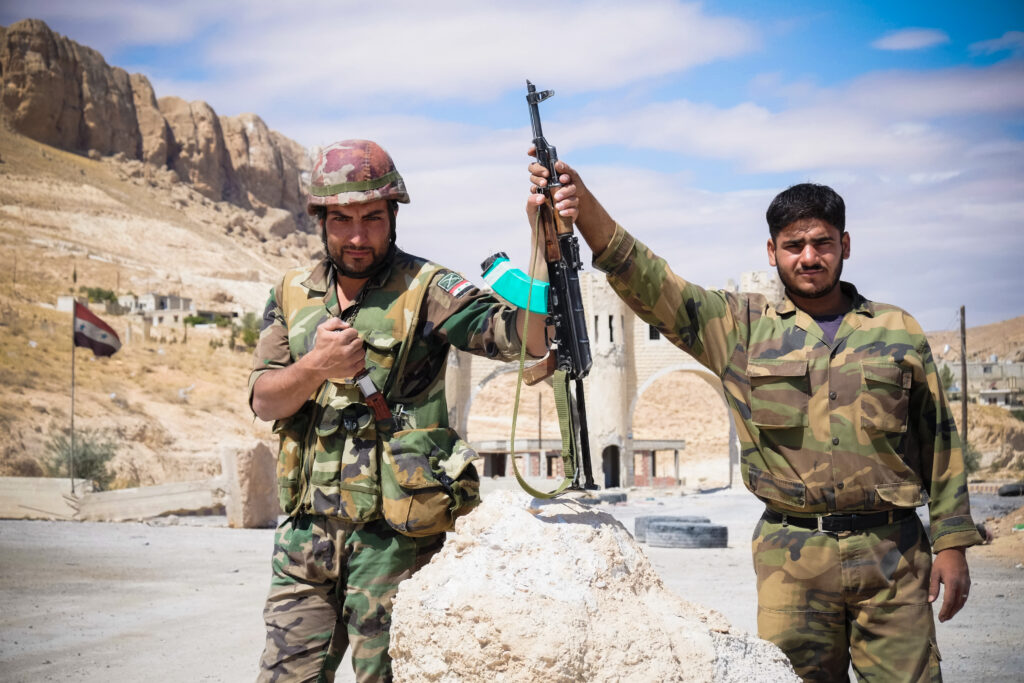The sudden rebel offensive poses the biggest threat to Syria’s president in 13 years of civil war. Recent events have upended the status quo in Syria at an extraordinary pace.
Syrian officials believed the army could hold Hama, even as insurgents entered the city. Shortly afterward, the military confirmed it had retreated, ceding control of Hama to rebel factions for the first time.
After taking Hama and Aleppo in rapid succession, insurgents led by the Islamist group Hayat Tahrir al-Sham (HTS) are now targeting Homs. Tens of thousands are fleeing Homs, anticipating a major battle.
Homs: A Strategic Battleground
Homs holds greater strategic importance than Aleppo or Hama. It lies at a crucial crossroads leading west to Assad’s support base and south to Damascus. HTS, which spent years building its power in Idlib, now appears set to directly challenge President Assad’s rule.
HTS leader Abu Mohammed al-Jawlani confirmed in a CNN interview that the rebels aim to overthrow the Assad regime. The focus now shifts to whether Assad can repel this renewed challenge.
The Syrian army, largely composed of conscripts, might have collapsed years ago without foreign support. Soldiers suffer from low pay, poor equipment, and weak morale. Desertion has been a longstanding issue.
Assad raised soldiers’ salaries by 50%, but this alone seems unlikely to change the tide. Russian air support in Hama failed to stop the rebels, sparking speculation about Russia’s waning capacity to intervene due to its prolonged war in Ukraine.
Russia has strong reasons to back Assad, including its naval base in Tartus, its only Mediterranean foothold. If rebels take Homs, it could endanger this base, compelling Moscow to act. However, Russia’s military resources are stretched thin, potentially limiting its intervention.
Iran and Hezbollah have also been crucial in sustaining Assad’s regime. Hezbollah, weakened by recent Israeli offensives, has sent elite forces to Homs. Yet, Tehran appears less aggressive in its regional strategy, reducing its direct support. Iraqi militias may join the fight, but Iraq’s government and key leaders warn against this.
A Fragmented Opposition
Assad’s political survival depends on his army, allies, and divisions among his opponents. Rebel factions, Kurdish-led forces in the northeast, Turkish-backed groups, and others operate independently, weakening their collective impact.
The Islamic State (IS) might exploit the current chaos to expand beyond its desert strongholds. Historically, the rebels’ failure to unite has been pivotal to Assad’s endurance. He hopes history repeats itself.
Support for Assad persists among minority groups, including his Alawite sect, who fear HTS as a jihadist threat despite its renounced ties to al-Qaeda.
Ultimately, Assad’s fate hinges on external powers. Russia, Iran, and Turkey have previously brokered agreements in Syria but may be blindsided by this rapid escalation. They will soon need to decide whether their interests align with a Syria under Assad or without him.
